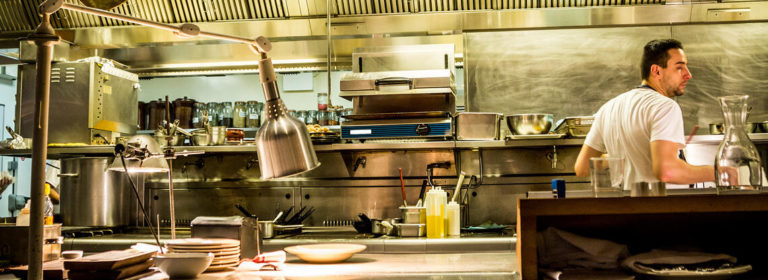Unconventional schedules have become the norm in modern life—and eating. With different segments working in office, at home, or a combination of both, dining habits have shifted. Many restaurants have adjusted operating hours to accommodate customers that need a break from the house or prefer to work in communal spaces.
- Mid-Day Slump: Where to go between two and five when the work-day brain fog hits? Foodservice operations are skipping the break between lunch and dinner service to provide a refuge for people who need meal solutions.
- Stay Nimble: Bar snacks or abbreviated menus are an ideal way to keep the doors open longer when labor is tight.
- Happier Hours: What used to be an after work wind down ritual has morphed into time to socially recharge by breaking bread with friendly faces. Offer drink specials and sharable LTOs to increase orders.
- Flavor Focus: When paring menus for off-peak hours, showcase trend-forward plates packed with healthy, colorful produce ingredients that can be cross utilized to reduce prep, waste, and overall SKUs.




